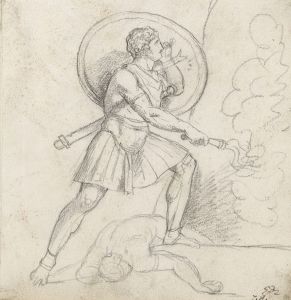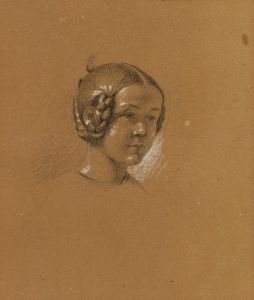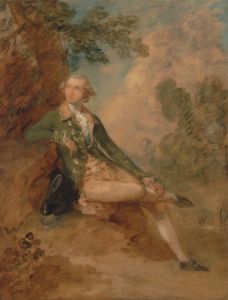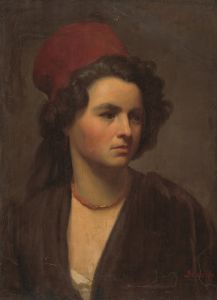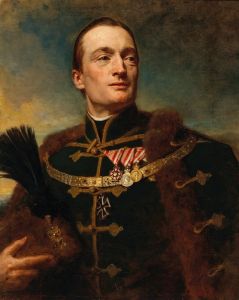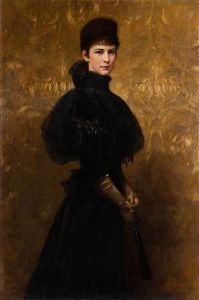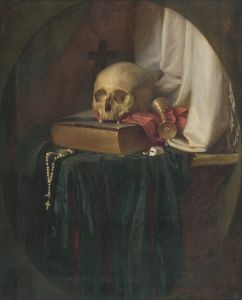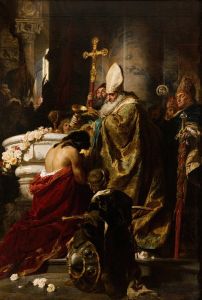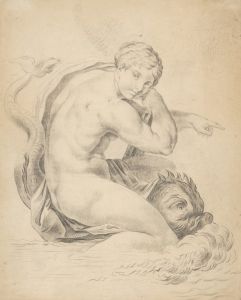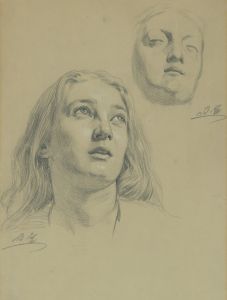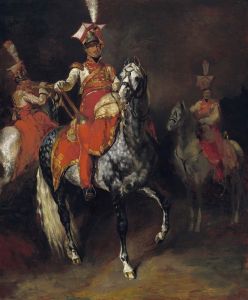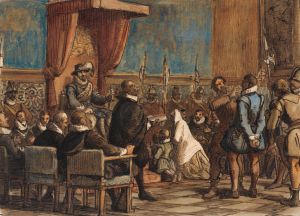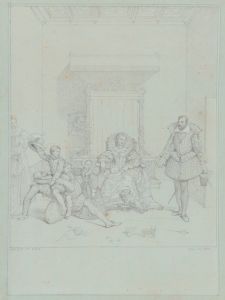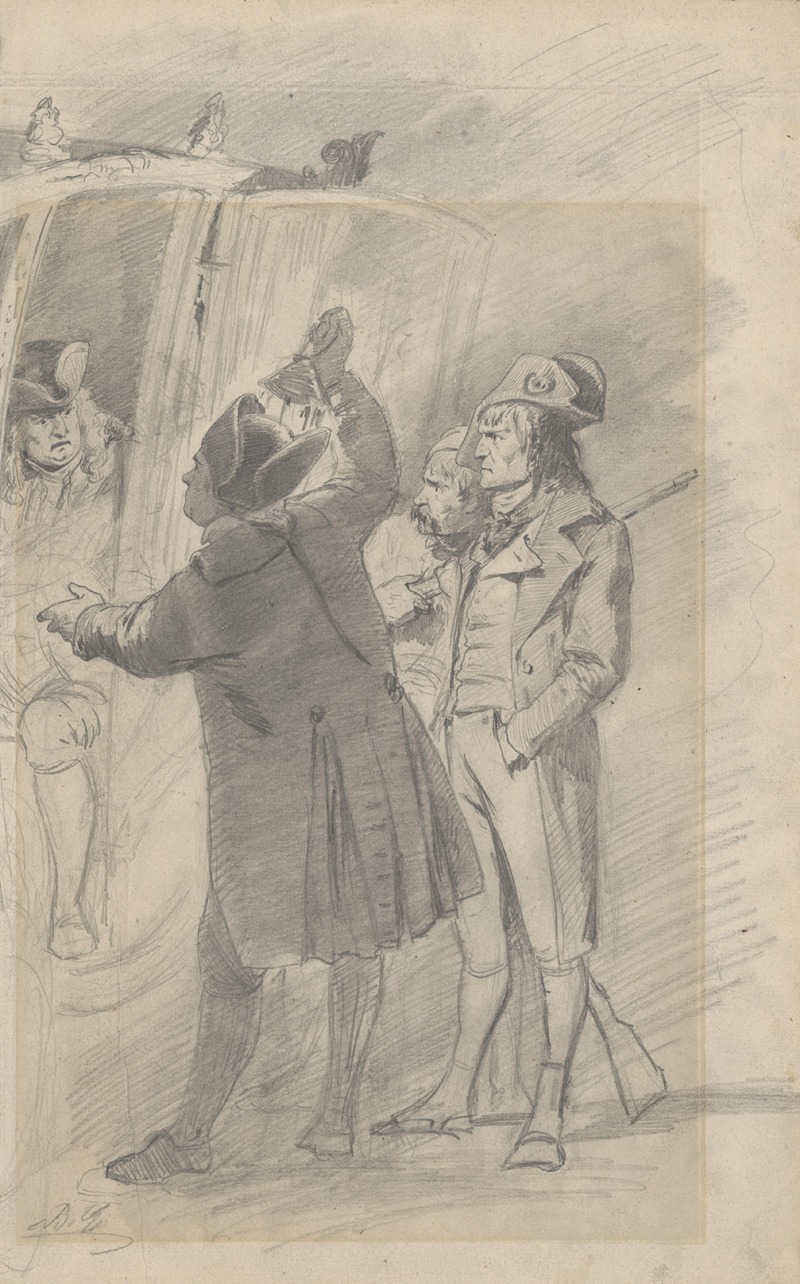
The Arrest of Louis XVI.
A hand-painted replica of Gyula Benczúr’s masterpiece The Arrest of Louis XVI., meticulously crafted by professional artists to capture the true essence of the original. Each piece is created with museum-quality canvas and rare mineral pigments, carefully painted by experienced artists with delicate brushstrokes and rich, layered colors to perfectly recreate the texture of the original artwork. Unlike machine-printed reproductions, this hand-painted version brings the painting to life, infused with the artist’s emotions and skill in every stroke. Whether for personal collection or home decoration, it instantly elevates the artistic atmosphere of any space.
"The Arrest of Louis XVI" is a painting by the Hungarian artist Gyula Benczúr. Created in 1872, this artwork captures a significant moment in French history, specifically the arrest of King Louis XVI during the French Revolution. Benczúr, known for his historical and genre paintings, meticulously depicted the tension and drama of the event.
The painting illustrates the scene on August 13, 1792, when Louis XVI was apprehended by revolutionaries. This event marked a pivotal point in the French Revolution, leading to the eventual execution of the king and the abolition of the monarchy. Benczúr's work is notable for its detailed representation of the characters and the emotional intensity of the moment.
In the composition, Louis XVI is shown surrounded by revolutionaries, who are depicted with a mix of determination and aggression. The king, dressed in regal attire, appears resigned yet dignified, highlighting the gravity of the situation. The background of the painting includes architectural elements that suggest the setting is the Tuileries Palace, where the royal family was held before being taken to the Temple prison.
Benczúr's use of light and shadow enhances the dramatic effect of the scene. The contrast between the dark, oppressive atmosphere and the illuminated figures draws the viewer's attention to the central action. The artist's attention to detail is evident in the intricate costumes and expressions of the characters, which convey a range of emotions from defiance to despair.
This painting is an example of Benczúr's skill in historical narrative, capturing not only the physical appearance of the event but also its emotional and symbolic significance. "The Arrest of Louis XVI" reflects the turbulent period of the French Revolution and the fall of the monarchy, making it a valuable piece for understanding this historical context.
Gyula Benczúr (1844-1920) was a prominent Hungarian painter, renowned for his historical scenes and portraits. He studied at the Munich Academy of Fine Arts and was influenced by the works of German and Austrian painters. Benczúr's ability to combine historical accuracy with artistic expression earned him recognition and acclaim in his time.
"The Arrest of Louis XVI" is housed in the Hungarian National Gallery in Budapest, where it remains an important part of the collection. The painting continues to be studied and admired for its artistic merit and historical significance, offering insight into both the French Revolution and Benczúr's contribution to 19th-century European art.






